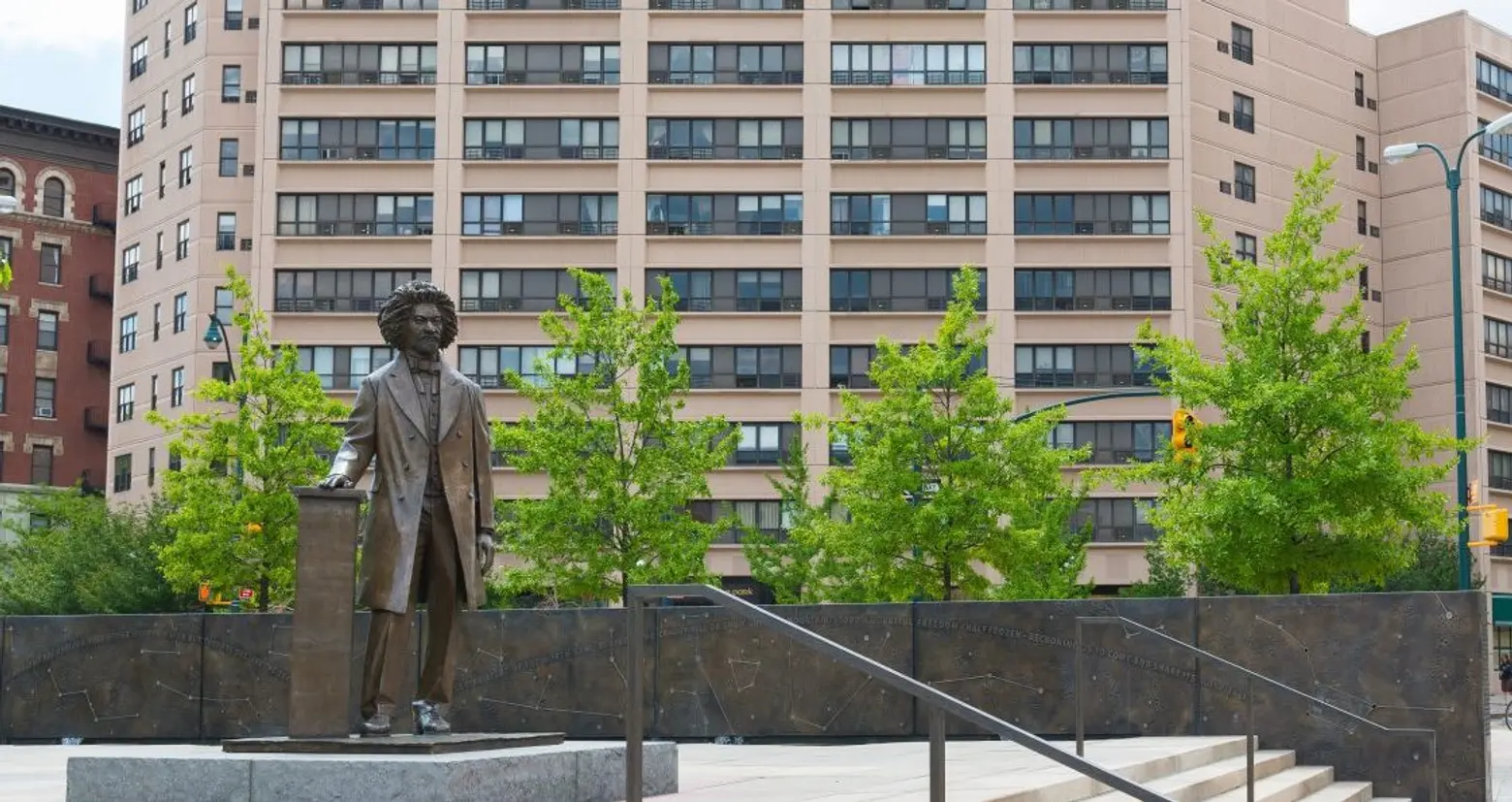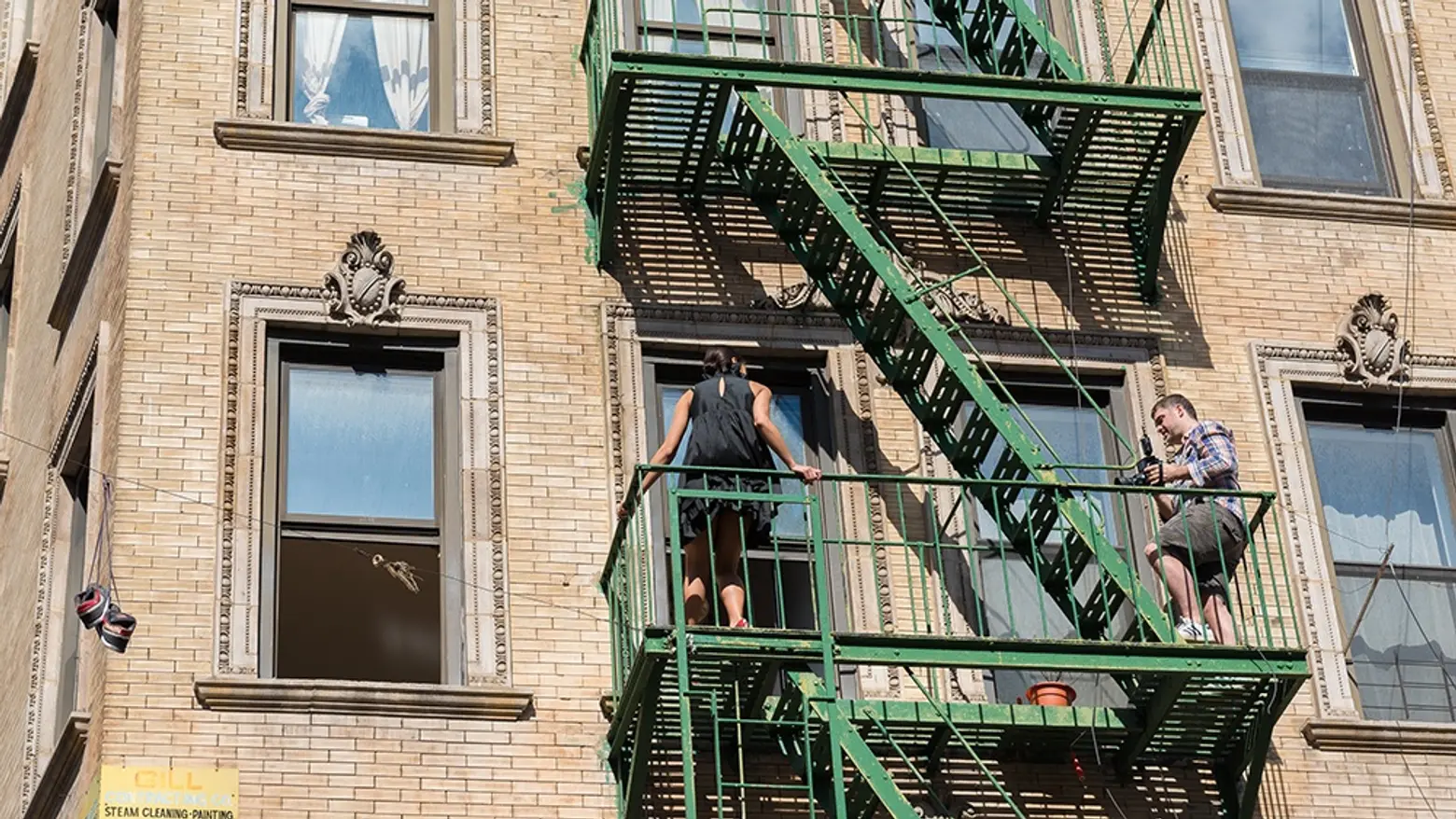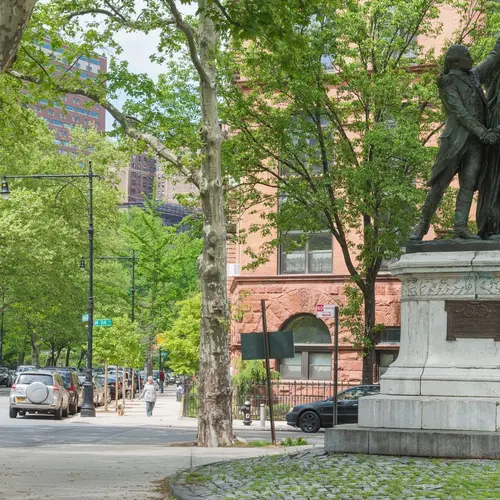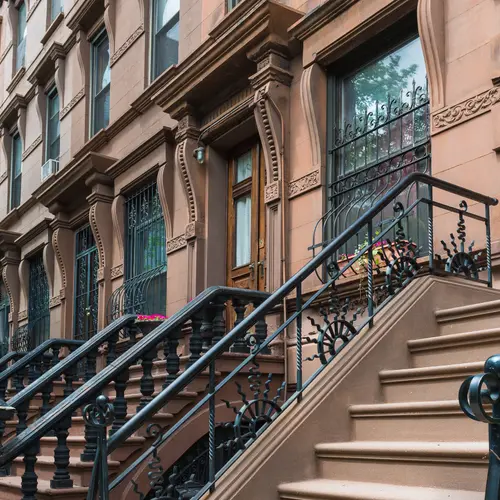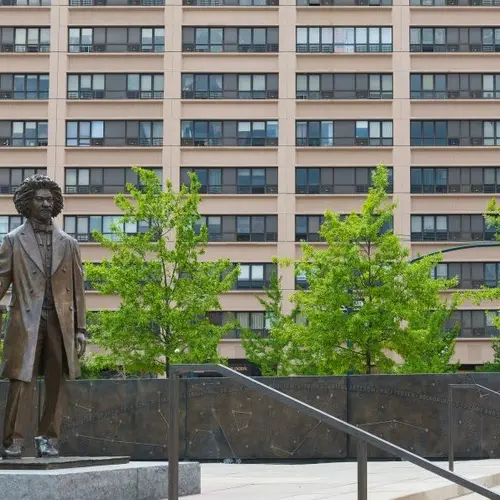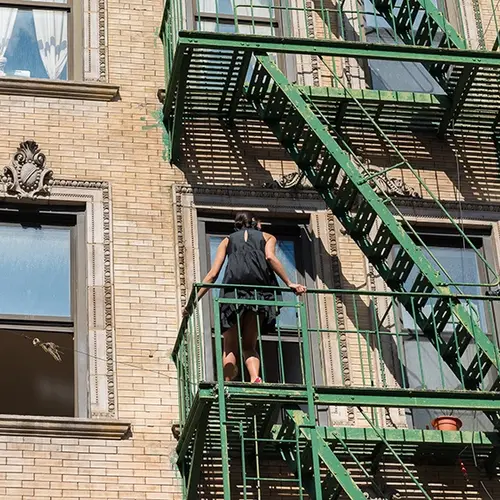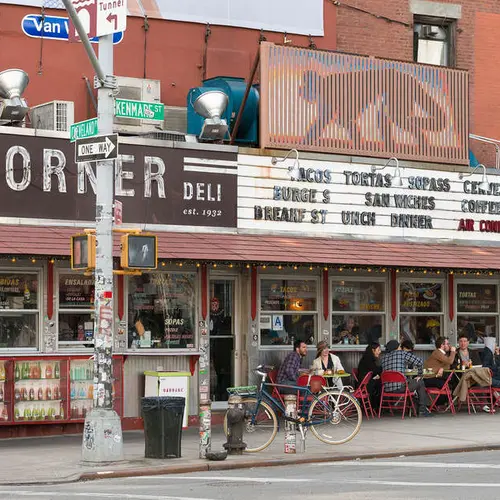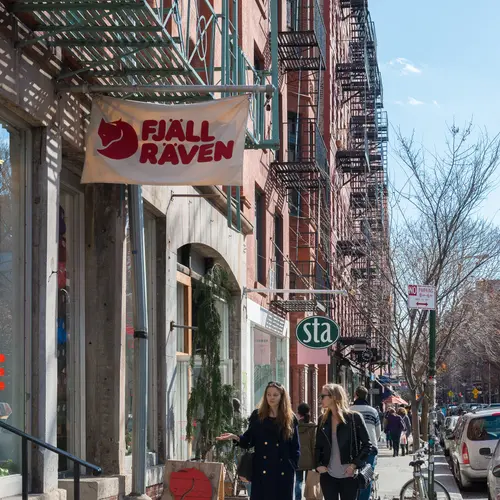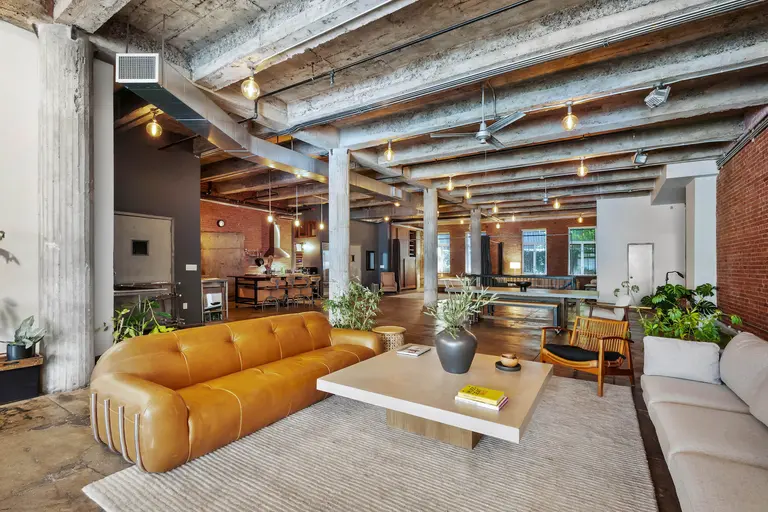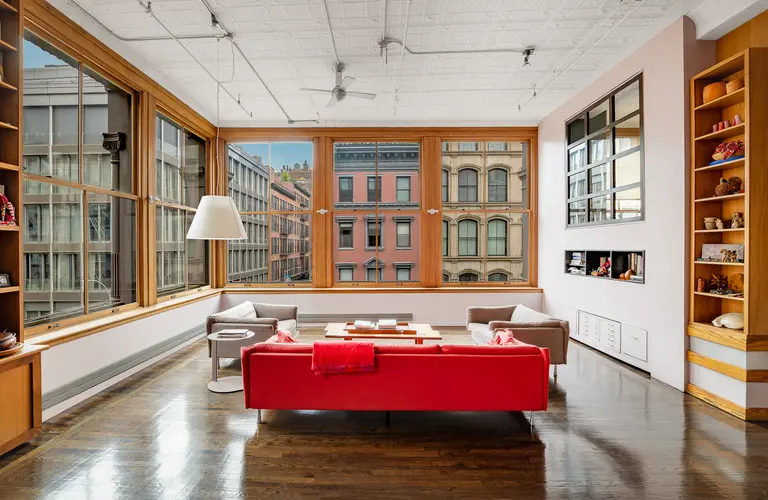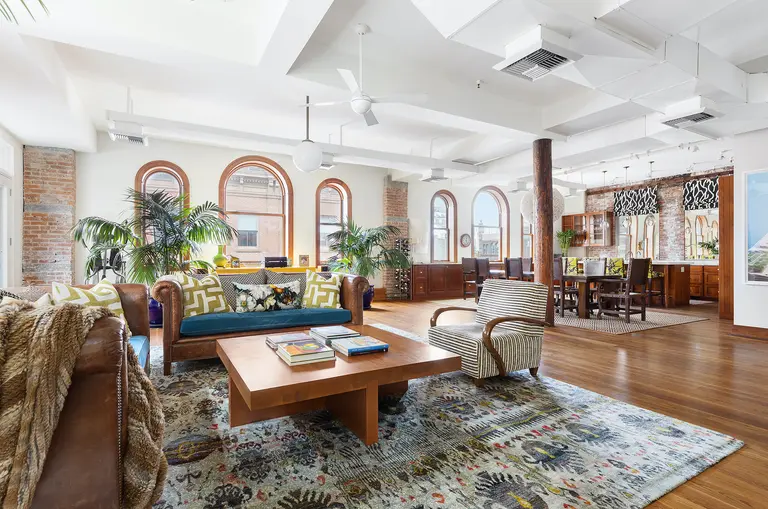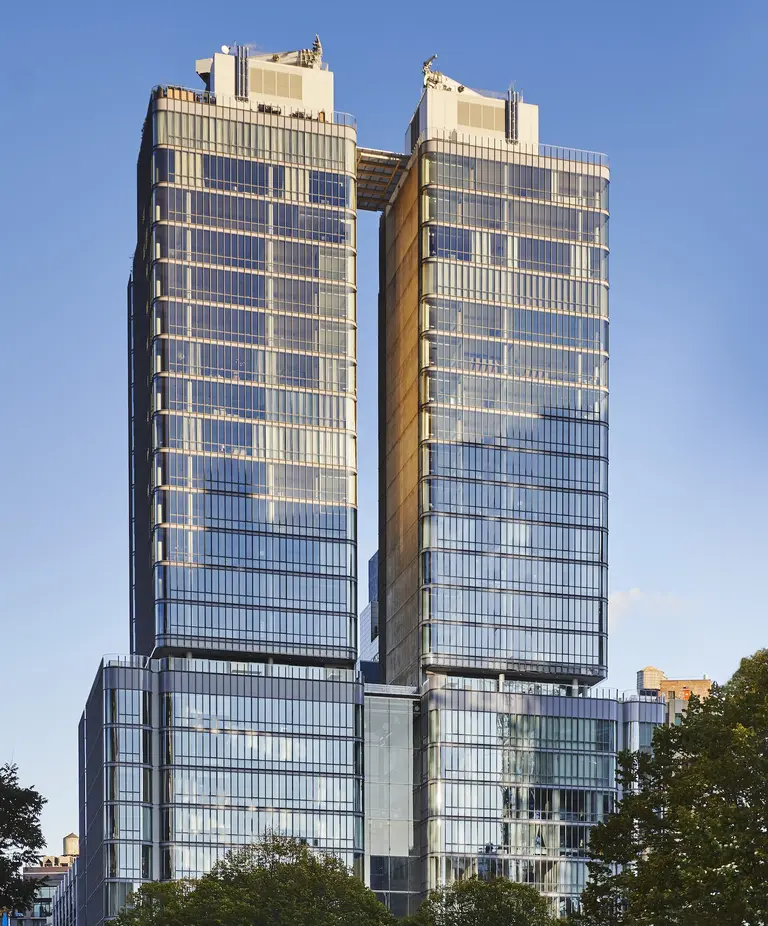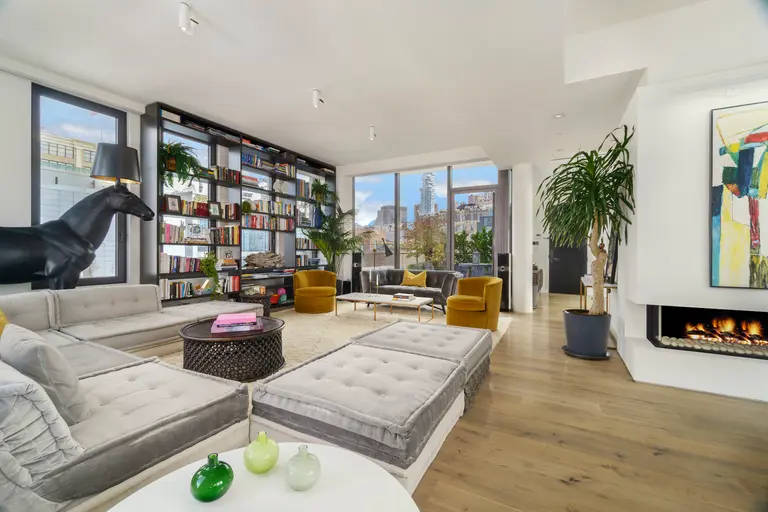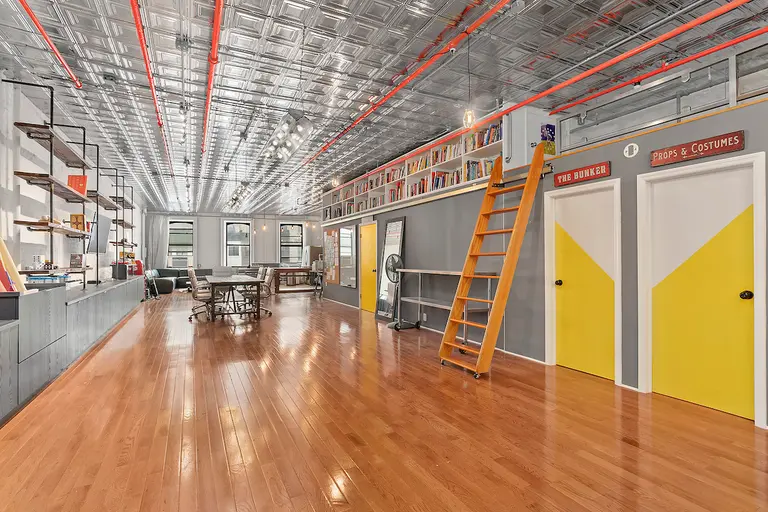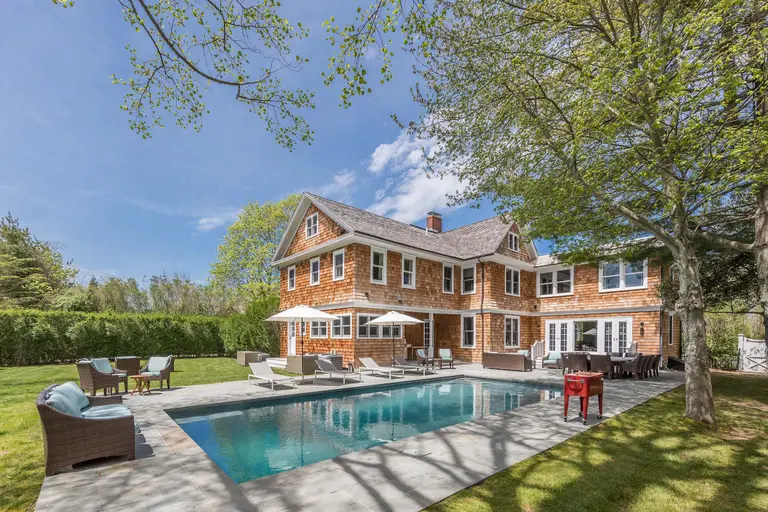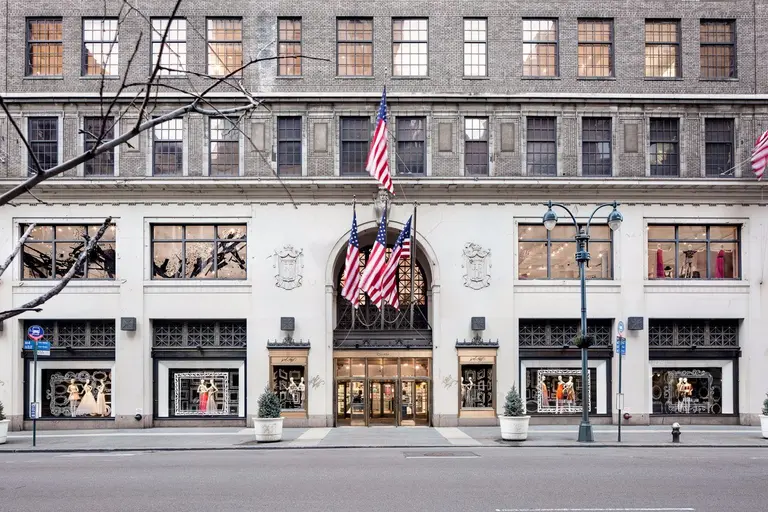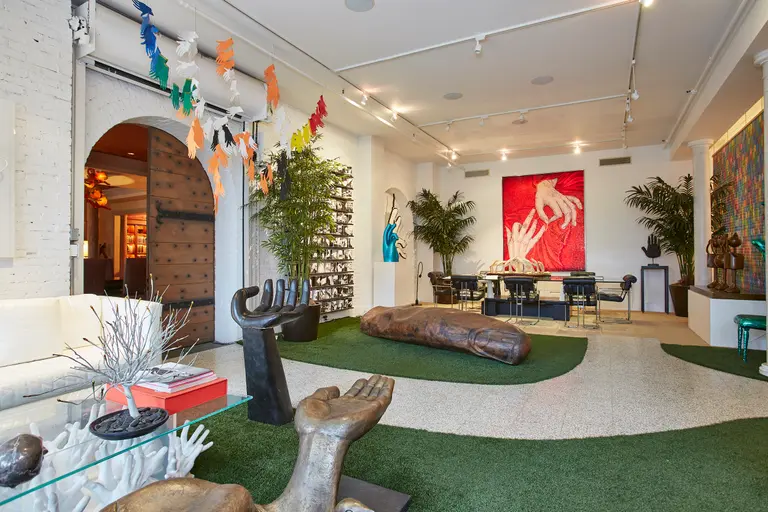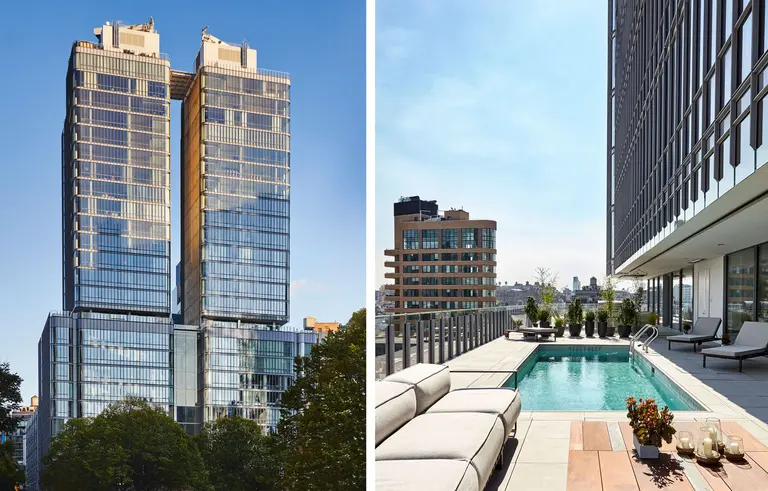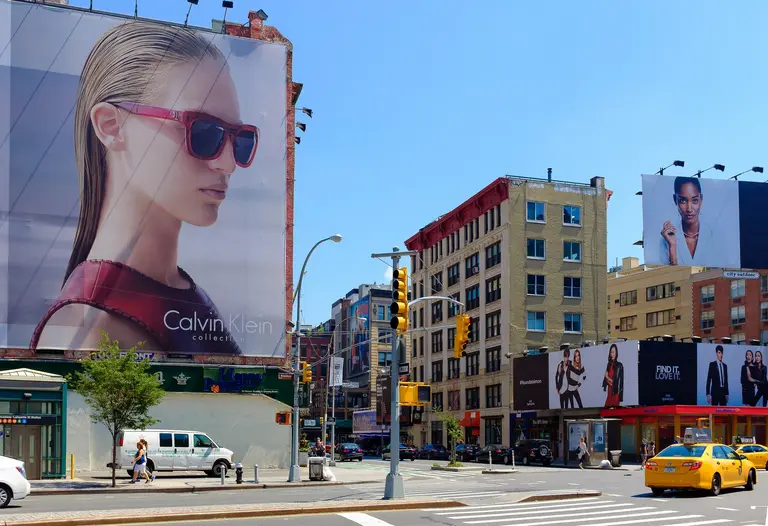From NoLiTa to SoHa: The practice and controversy of rebranding NYC neighborhoods
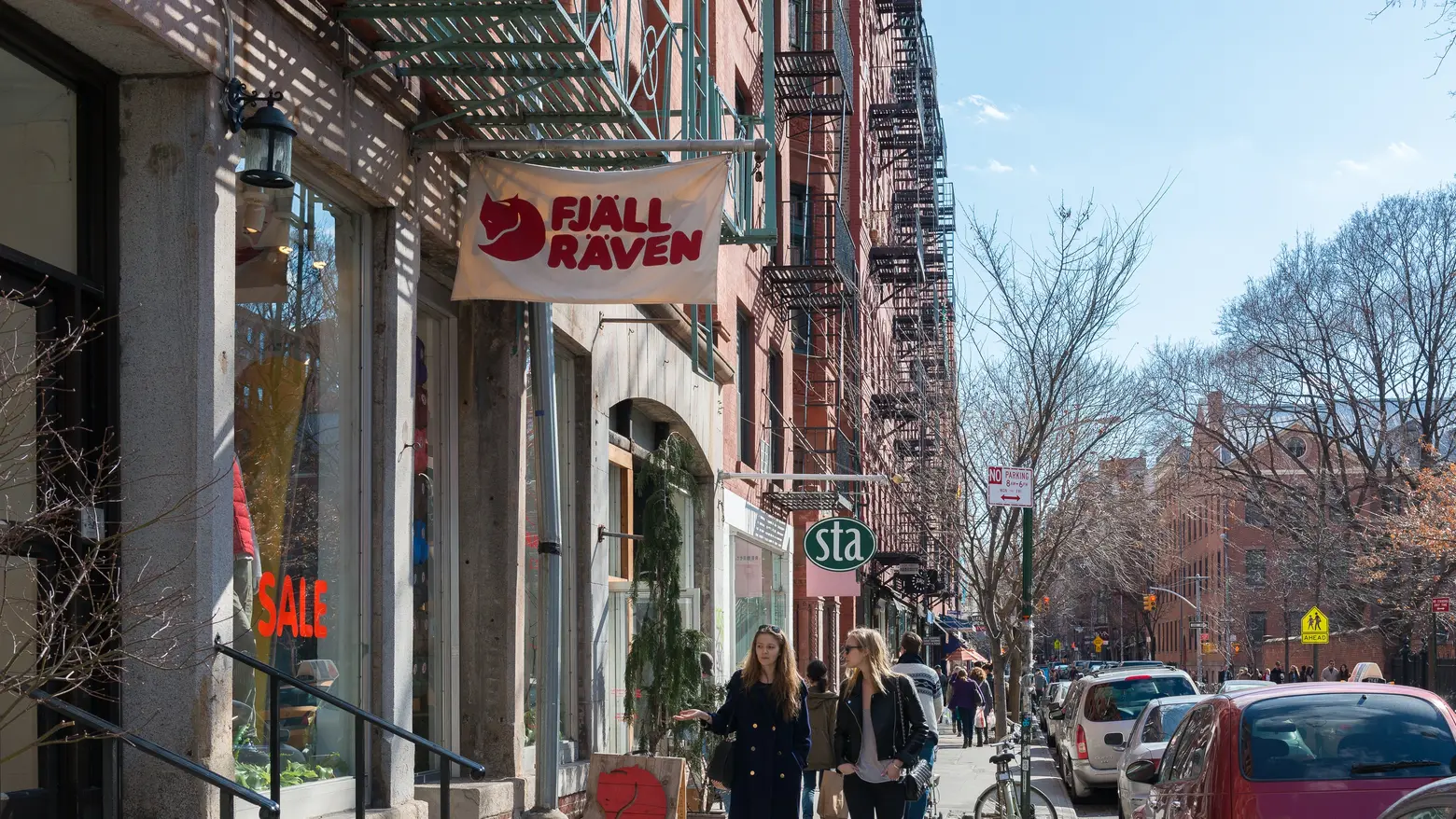
New York is home to dozens of distinct neighborhoods with their own names, identities, and histories. Some of these neighborhoods acquired their names by misfortune (Hell’s Kitchen gained its moniker due to its tough reputation), others by function (the Battery was once home to a series of artillery batteries), and some were coined by local artists playing with abbreviated combinations (SoHo is likely the most well-known example). However, at least some New York City neighborhoods, including the East Village and NoLita, were created by real estate agents in an attempt to “rebrand” areas that historically had a reputation for being either undesirable or simply boring places to live. Increasingly, this now well-established practice is coming under attack and if one local state senator is successful, the practice may even soon be illegal.
The ‘SoHa’ controversy and Neighborhood Integrity Act
Over the past year, residents of South Harlem have become increasingly vocal about their objections to real estate agents and brokers aggressively rebranding their neighborhood as “SoHa.” As SoHa’s critics point out, the rebranding not only places their neighborhood’s rich history under erasure but also appears to be intent on attracting new tenants, including students from nearby Columbia University. In some respects, the protests have already been successful. In early 2017, a team of brokers from Keller-Williams Realty removed the “SoHa” label from its Harlem team in response to local residents’ complaints. Harlem residents hoping to kill the spread of SoHa have also found a powerful ally in their local state representative.
Harlem-born State Senator Brian Benjamin is currently working to make the practice of rebranding historically recognized neighborhoods illegal. Earlier this year, Senator Benjamin introduced the Neighborhood Integrity Act, which seeks to create “a formal process for renaming or re-designating a traditionally recognized neighborhood in the city of New York” and “provides penalties for real estate brokers and agents who advertise a property as part of, or located in, a designated neighborhood that is not traditionally recognized as such.” Notably, Senator Benjamin’s proposed act is clear about who is to blame for the growing push to rename New York City neighborhoods: “Realtors have increasingly resorted to a practice of renaming neighborhoods and redrawing traditional neighborhood boundaries in order to rebrand an area as more desirable for affluent New Yorkers. These actions are not without consequence.”
The most notable impacts of rebranding are rising rental and real estate prices, which in turn frequently result in the displacement of longstanding residents. In some cases, however, the symbolic displacement of residents is as problematic as the actual displacement brought about by rebranding. As Senator Benjamin’s bill points out, in addition to ProCro and SoBro, real estate agents have recently started to rebrand parts of Sunset Park as “Greenwood Heights” due to the neighborhood’s proximity to the Greenwood Cemetery. As the bill scathingly concludes, “Some realtors have apparently concluded that it is more desirable to rename a neighborhood after the dead, rather than associate it with those who have been living in that community for decades.”
While Senator Benjamin and his supporters appear optimistic about putting the kibosh on neighborhood rebranding once and for all, it is worth pointing out that this is not the first time a New York City politician has attempted to introduce legislation curtailing the practice. In 2011, U.S. House of Representatives Assemblyman Hakeem Jeffries also attempted but failed to put legislation in place that would punish real estate agents for inventing false neighborhoods and redrawing neighborhood boundaries without city approval.
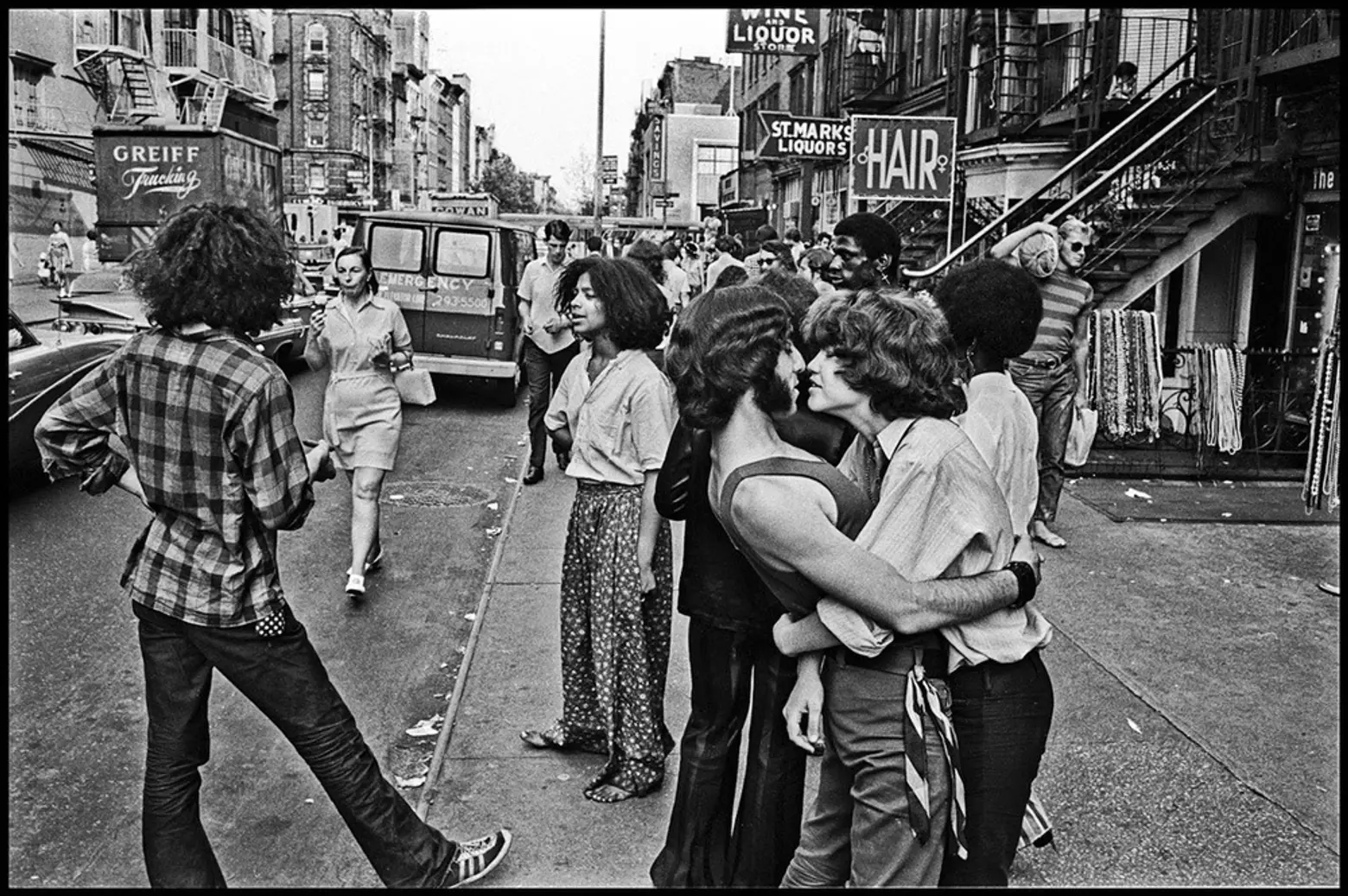 St. Marks Placein the 1960s when it was considered part of the Lower East Side. Image by George Cohen via EV Grieve
St. Marks Placein the 1960s when it was considered part of the Lower East Side. Image by George Cohen via EV Grieve
Rebranded neighborhoods
While there is hope that SoHa will end up being as obscure as other failed neighborhood rebranding projects, including NoBat, NoCal, BoHo, and GoCaGa, for many other New York City neighborhoods, it is already too late. Below are just a few neighborhoods that have been successfully rebranded by real estate agents and brokers over the past fifty years. Notably, in all three cases, the neighborhoods subsequently saw both rents and real estate values rise and experienced shifting demographics.
The East Village
Until the mid-1960s, the East Village was simply known as the Lower East Side. While the neighborhood west of Avenue A and north of Houston was recognized as a somewhat distinct part of the neighborhood, largely due to its high concentration of Ukrainian immigrants, it was clearly part of the Lower East Side. In the mid-1960s, however, as young people struggled to find housing in the increasingly popular West Village where rents were already on the rise, real estate agents started to rebrand the western-most blocks of the Lower East Side between Houston and 14th Street as the “East Village.” By the late 1960s, rents and real estate values in this neighborhood had already risen and even decades later, the rebranded East Village section of the Lower East Side still carries much higher values than other parts of the neighborhood.
NoLiTa
Following on the heels of other successful portmanteau neighborhood renaming projects, such as SoHo, NoLita started to take shape in the mid 1990s. Indeed, the first reference to NoLita in the New York Times appeared in 1996 when the area was described as “a Nabokovian coinage for North of Little Italy.” By 1998, however, NoLita’s rebranding project was evidently already having a notable impact on rental and real estate prices. While the 1996 article in the Times noted that NoLita’s prices were on the rise but still only a fraction of those found in SoHo ($30 per square feet versus $100), by 1998, NoLita was being cast as a victim of gentrification. As one article noted, “Gentrification might liven the place up, but it brings with it noise, trash, traffic, rising rents and big buildings.” Today, a NoLita’s studio that rented for approximately $800 per month in 1996 is more likely to rent for $3000 per month and in some cases, much higher.
DUMBO
DUMBO, a much simpler way of saying “down under Manhattan Bridge overpass,” was already being discovered by artists in the early 1980s, but its current caché is most often indebted to developer David Walentas. Allegedly Walentas was tipped off about the next up-and-coming neighborhood by a young artist, and after surveying the area, he started to invest in what would turn out to be one of the city’s earliest and most successful deindustrialization developments.
**
To date, Senator Benjamin’s Neighborhood Integrity Act has yet to be debated or approved by the New York State Senate. Until the act is put into law, it seems likely that rebranding efforts will persist. Current projects include the so-called Piano District in the Mott Haven section of the South Bronx.
RELATED:
